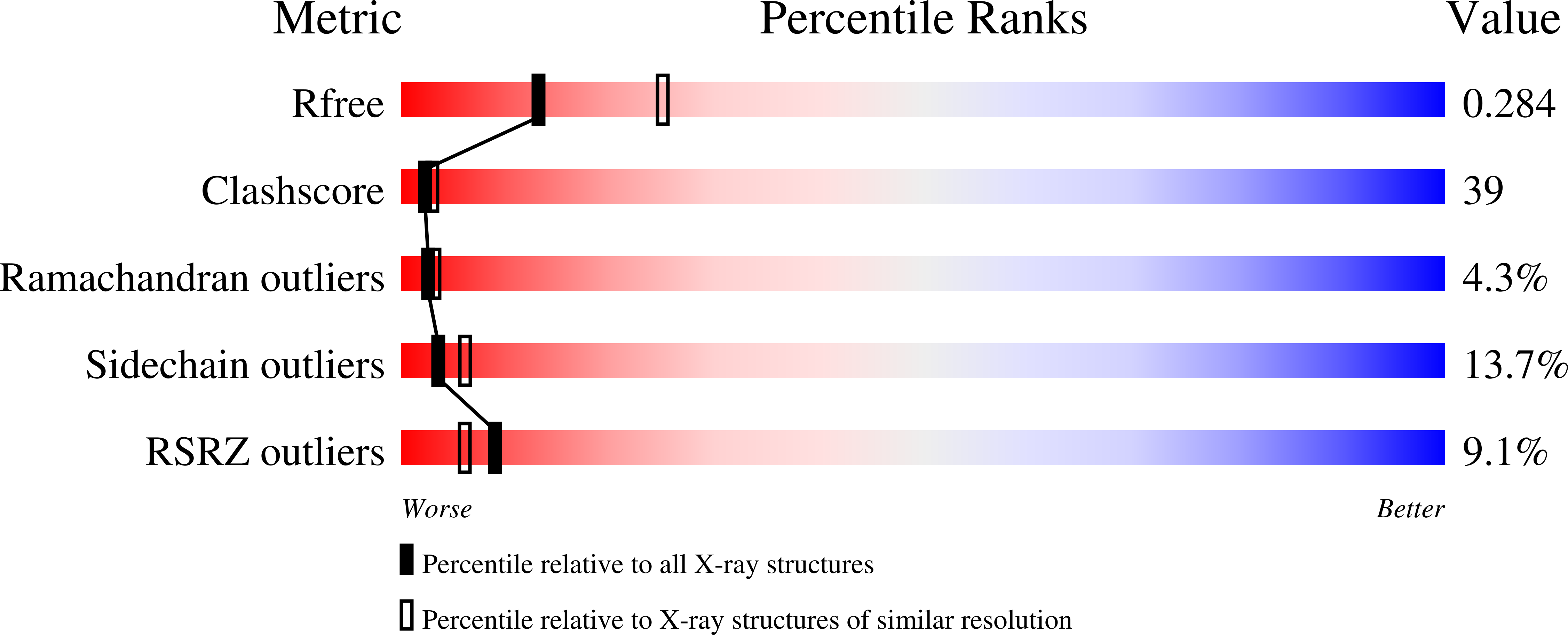
Deposition Date
2004-06-02
Release Date
2005-05-03
Last Version Date
2024-10-30
Method Details:
Experimental Method:
Resolution:
2.60 Å
R-Value Free:
0.27
R-Value Work:
0.24
Space Group:
P 62


